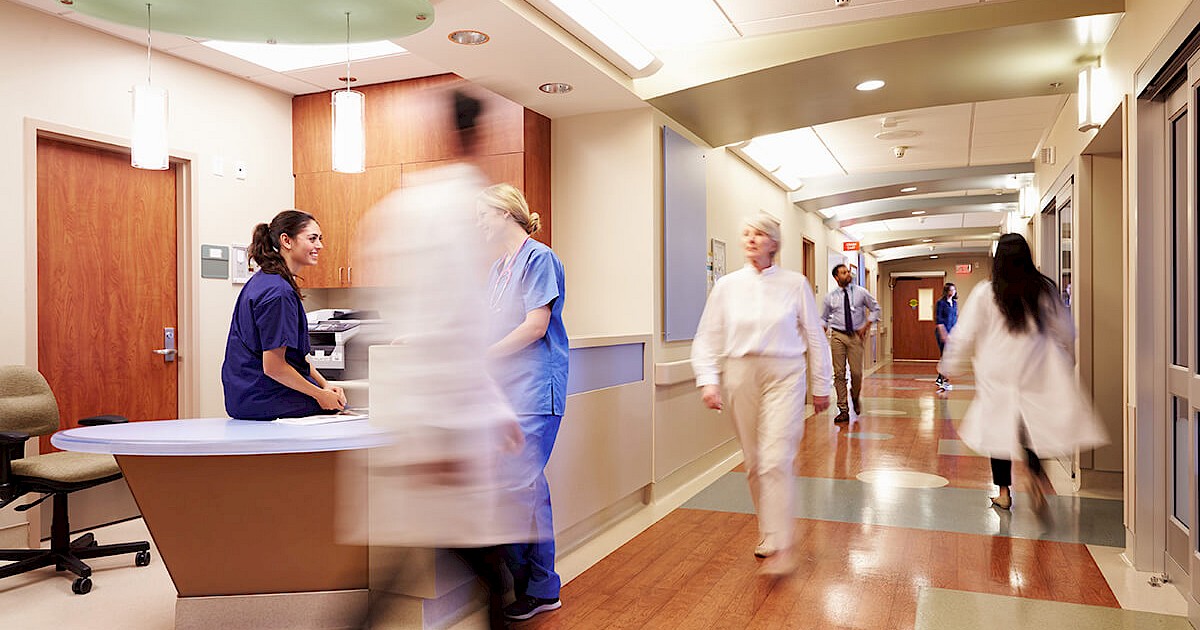In the news: Driving medical device innovation and preparing for AI

In the dynamic intersection of healthcare and technology, a series of key trends and challenges continue to shape the landscape we currently find ourselves in.
This month's healthcare news roundup sheds light on crucial developments within the industry, from the promising potential of generative AI to the struggles of prioritizing medical device vulnerabilities and the surprising reasons behind current staffing issues. Let’s get started.
Health system execs on board with generative AI, but few have a plan in place
Healthcare executives are intrigued by the potential of generative AI to transform the industry, but only 6% have a clear plan for its use, according to a survey by Bain & Company.
Most see its immediate value in tackling administrative burdens and improving efficiency. However, challenges to adoption include resource constraints and technical expertise. Learn more about the promise of AI and what consultants suggest health systems get started with to make widespread AI adoption a productive reality.
Key strategies that are moving medical device innovation to the next generation
The convergence of healthcare and technology is driving innovations in medical devices such as wearables, remote monitoring, AI, and robotics. The increasing need for digital medical devices and remote monitoring, facilitated by cloud technology and portable devices, is also fueling the demand for AI and machine learning, particularly in robotics. These advancements aim to enhance communication, efficiency, and patient outcomes. Nevertheless, challenges like supply chain delays and regulatory issues need to be addressed before we can fully embrace what’s next.
Why medical device vulnerabilities are hard to prioritize
Hospitals face challenges with outdated medical devices due to financial constraints. Despite concerns about device vulnerabilities and cyberattacks, the issue often takes a backseat to other security concerns. Legislation like the PATCH Act aims to improve device security, but potential financial burdens and device lifespan issues arise. The challenge lies in finding a balance between addressing vulnerabilities and maintaining device longevity at the same time.
American Health Care Faces a Staffing Crisis and it's Affecting Care
Healthcare facilities in the US are grappling with a staffing crisis. They're resorting to temporary workers ("locums") due to turnover, demand fluctuations, and work-life changes. These locums, though well-paid, are causing dissatisfaction among regular staff and even pushing some to retire early. The crisis is straining finances, leading to closures of smaller medical centers, especially in underserved regions.
Hospitals’ data breach risk doubles just before and after M&A, research finds
Research from the University of Texas at Dallas indicates that hospitals are more susceptible to data breaches in the year before and after mergers and acquisitions. The study revealed a 6% probability of data breaches for hospitals involved in consolidation during this two-year period, compared to 3% for those merging outside of this window.
The complexity of integrating IT systems during mergers and acquisitions is identified as a key vulnerability. The research also highlighted increased incidents of hacking and insider misconduct leading up to deal closures, suggesting that increased attention during this time may attract cyberattacks.

